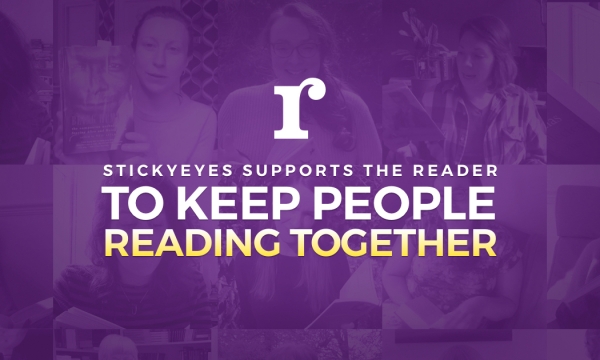Both Instagram and Vine have relaxed their restrictions for video content, supporting a growing trend for short-form content platforms to encourage longer-form content.

It is a move that could dramatically alter the way in which brands produce content for multiple platforms, but how will brands react to these changes and perhaps more importantly, will the audiences accept it? We discuss what these changes could mean.
Platform-specific content
Getting creative narrative right across multiple edits and platforms can be a tricky thing to do, especially if the message needs to remain consistent throughout. It requires a lot of planning and multiple considerations in both pre and post production.
Developing individual (short-form) narrative content for Vine or Instagram (6 - 15 seconds) is an extremely tricky thing to do without creating content specifically for the platform, and few brands have managed to successfully develop a strong following on these platforms. Some of the best examples come from Ford and Lowes (an American DIY retailer), which have built strong followings based around a very specific brand content concept that is relevant to their respective brands.
That poses challenges for these platforms however. If brands are finding it difficult to build engagement through these platforms, because producing effective content proves to be too onerous (either from a creative or a resource perspective), there are clear commercial ramifications for those platforms.
In that context, perhaps it isn’t surprising that Vine has increased its limit from just six seconds to 140 seconds, whilst Instagram has also relaxed its limitations on video content. Previously, Instagram only allowed longer-form content to be posted if it was part of a sponsored deployment, but this has now been relaxed to allow anybody to post videos up to 60 seconds in length.
But the platforms argue that commercial reasons aren’t their motivation (or at least, their only motivation). In fact, they point to data that dismisses the notion that social media is the platform of short form content and even shorter attention spans.
Users are consuming more content
Instagram claims that its users are watching 40% more video today inside the app than they were six months ago, seeming to allay the notion that Instagram, and social media in general, is a medium that is only relevant for short-term escapism.
The growth of video on social media is perhaps the result of these platforms encouraging more immersive content from experiential events, and the likes of Instagram and Vine clearly want to capitalise on this at the expense of more established platforms such as YouTube.
But this move means that the likes of Vine and Instagram are now competing in the same space as other social platforms that offer longer unrestricted upload capabilities, and it will be interesting to see how the respective communities react to this. Are these platforms rejecting their core USPs in order to take on the more established platforms? It’s a move that undoubtedly carries a significant degree of risk.
The impact for brands
On the face of it, an increasing degree of similarity in the conventions and limitations of each platform makes life easier for content producers, but it is important not to lose sight of the fact that each platform continues to have its own audience and its own community.
As more and more platforms emerge, the temptation to simply repost the same content to each individual platform will inevitably grow. It is important that content publishers don’t fall into that trap.
Understand the audiences for each platform, the types of content that they consume, and the content that they expect. Instagram and Vine may have made life easier for content producers, but that doesn’t necessarily mean that their audiences will be more likely to engage with your content.




